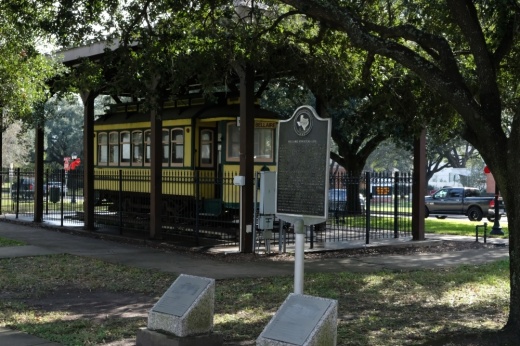With a population of just over 17,000, the 113-year-old city of Bellaire can be found straddling the southwest portion of Loop 610 in Houston. To Bellaire's east can be found the city of West University Place, founded in 1917 and home to just under 15,000 people.
Both cities saw their populations stay relatively flat between 2010 and 2020, according to U.S. Census data, although both cities became more diverse in that period of time.
As part of our Annual Community Guide, Community Impact Newspaper took a look at census data for both cities as well as for the city of Houston and Houston ISD boundaries.
Encompassing 637 square miles, the city of Houston is the known for housing the Texas Medical Center, Hermann Park and Space Center Houston. The total population jumped by 9.77%, or more than 200,000 people, between 2010 and 2020. By comparison, the population in Bellaire and West University Place, both of which are built out, increased by 2.06% and 1.14%, respectively.
All three cities became more diverse between 2010 and 2020. In Bellaire, the percentage of white residents dropped from 72.5% in 2010 to 59.1% in 2020, while the percentage of Asian residents increased from 14.1% to 23.7% over that time.
In Houston, the percentage of both white and Black residents dropped between 2010 and 2020, while the percentage of Hispanic residents increased slightly. Asian and mixed-race residents grew from representing 7% of Houston's population in 2010 to 9.4% in 2020.
Aside from paying city taxes, most residents pay taxes to Harris County, HISD and Houston Community College.
Select your community
Become an InCIder
News
- Austin Metro
-
Houston Metro
- Houston Metro Home
- Bay Area
- Bellaire | Meyerland | West University
- Conroe | Montgomery
- Cy-Fair | Jersey Village
- Cypress
- Heights | River Oaks | Montrose
- Katy | Fulshear
- Lake Houston | Humble | Kingwood
- New Caney | Porter
- Pearland | Friendswood | Manvel
- Spring | Klein
- Sugar Land | Missouri City
- The Woodlands
- Tomball | Magnolia
- Dallas | Fort Worth Metro
- San Antonio Metro





